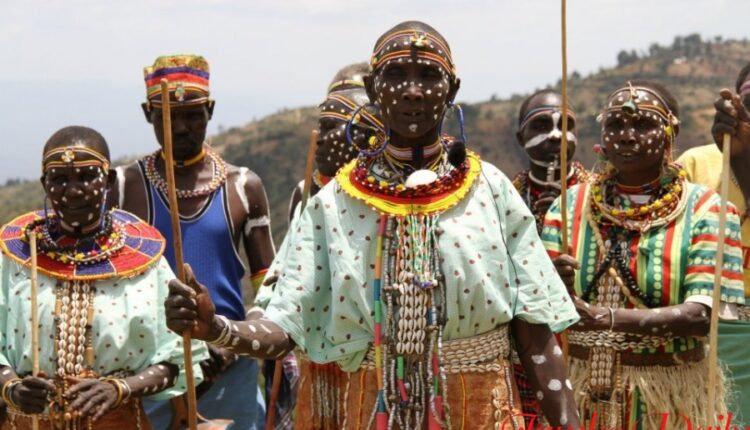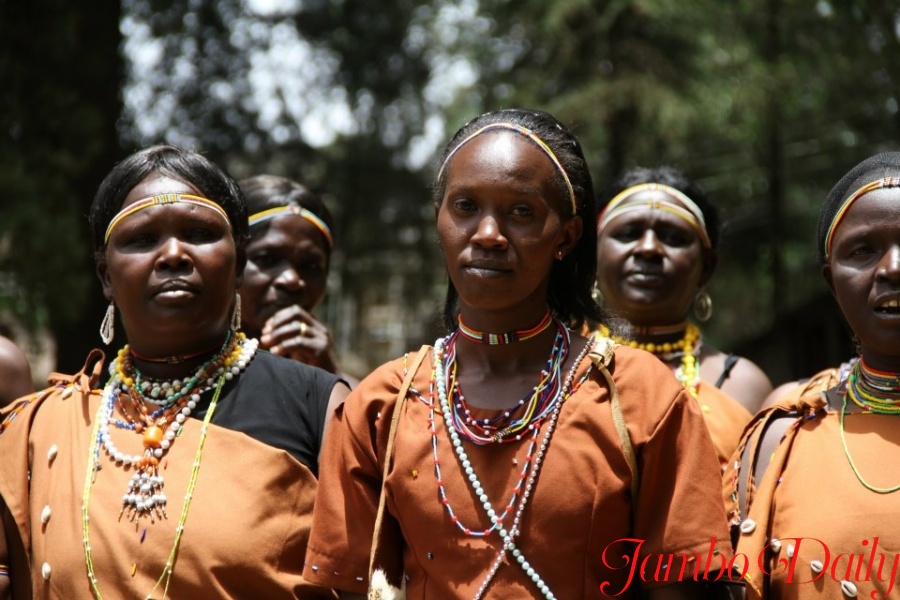
List of Kalenjin Sub-Tribes and Populations
This article discusses Kalenjin Sub-Tribes and their populations, the third largest tribe in Kenya after the Kikuyu and Luhya. The 2019 population census results provided more information about Kenya’s population based on ethnicity.
The Kikuyu community is the most numerous in Kenya, according to the Kenya National Bureau of Statistics (KNBS), with a population of 8,148,668 people.
The Luhya community ranks in second place with a population of 6,823,842, followed by the Kalenjin with a population of 6,358,113.
Kamba and Luo communities are ranked fourth and fifth, with populations of 5,066,966 and 4,663,910, respectively.
Kenyan Somalis are ranked sixth with a population of 2,780,502, closely followed by the Kisii, who have a population of 2,703,235.
The Mijikenda, Meru, and Maasai ranked eighth, ninth, and tenth, with populations of 2,488,691, 1,975,869, and 1,189,522 respectively.
However, we are going to discuss the Kalenjin in this article. Many Kenyans believe Kalenjin is a single tribe, although the community really consists of 11 sub-tribes.

The Kalenjin are a group of East African tribes who live primarily in what was then the Rift Valley Province in Kenya and the eastern slopes of Mount Elgon in Uganda.
According to the Kenyan 2019 census, there are 6,358,113 people, while according to the 2014 census, there are an estimated 273,839 people in Uganda, mostly in the districts of Kapchorwa, Kween, and Bukwo.
The Kalienjin sub-tribes and populations include:
- Kipsigis- 1.9 million
- Nandi- 937,000
- Pokots- 778, 000
- Sebei- 350, 000
- Sabaot- 296,000
- Keiyo- 251, 000
- Tugen- 197, 556
- Marakwet- 119, 000
- Ogiek- 52, 000
- Terik- 23, 000
- Sengwer-10, 800
The above are the Kalenjin’s 11 culturally and linguistically related tribes.The Kalenjin speak Nandi-Markweta languages, but they can also include Akie languages spoken in Tanzania and Pokot languages spoken in Kenya, which are all classified as Kalenjin languages when combined with Datooga languages spoken in Tanzania.
The Kalenjin language is categorized as a Nilotic language, together with the languages of the Datooga people of Tanzania, the Maasai, Luo, Turkana, Nuer, and Dinka, among others.
What’s fascinating about this tribe is that the language spoken by one sub-tribe differs significantly from that of another, yet most words are similar.
The Kalenjin people engage in farming and pastoralism. They are also well-known for their athletic abilities, leading major international sporting contests.
Another typical feature of Kalenjins is their preference for staying at home or in adjacent home towns, which is why, among prominent tribes, the Kalenjins are the least represented in large places such as Nairobi, Mombasa, Kisumu, and Kisii.
